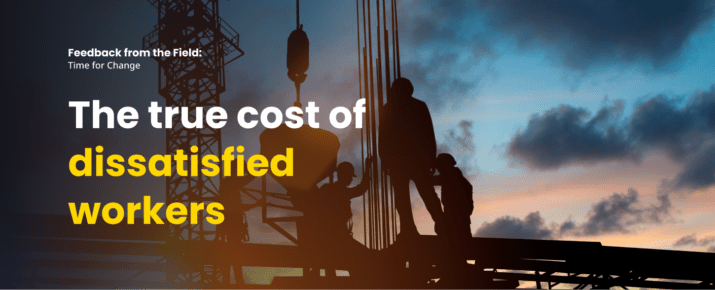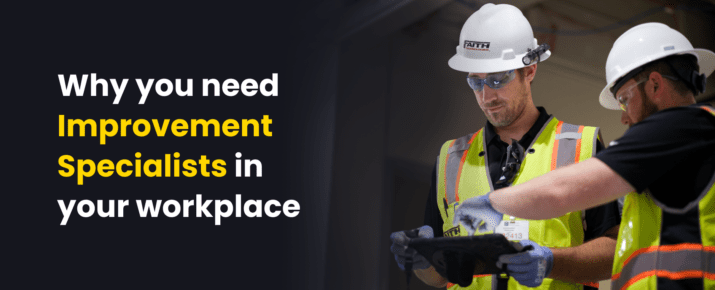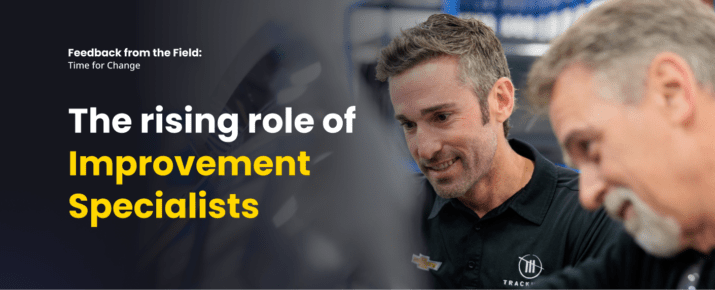Total Worker Health: Why it should be on your agenda
Industry Trends | World Of Work | By | 15 Jul 2024 | 5 minute read
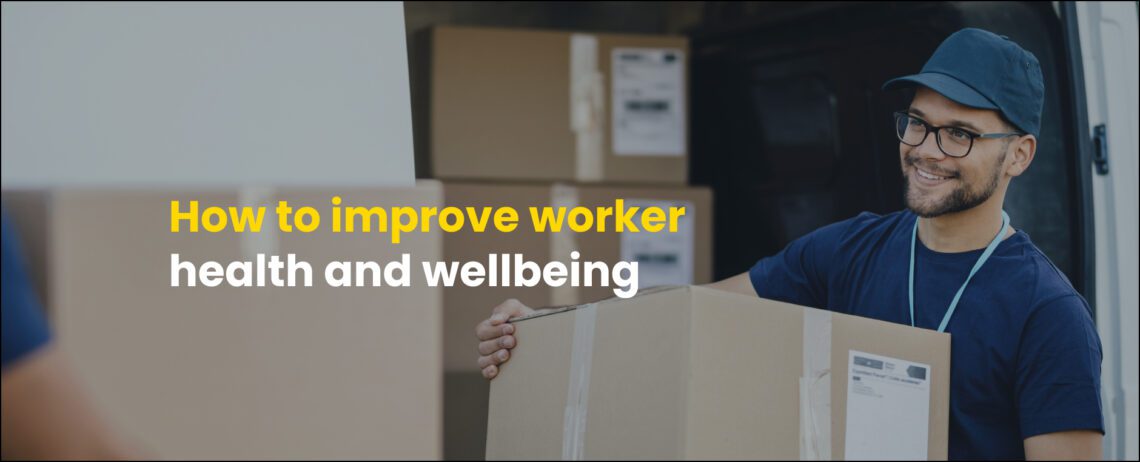
Whether you’re on the frontline or behind a desk, your workplace is more than just a place to work. It’s where you spend most of your waking hours, and it’s often where you’ll have the most structured and controlled parts of your day.
With this in mind, many businesses are now reframing their approach to employee health and safety through a holistic lens and it’s leading to increased retention, revenue, and productivity.
Recent research by Verdantix found companies that priortize the health and safety of their workers are playing the long game – both for their teams and for their business. So let’s explore this in more detail.


What is Total Worker Health?
Health and safety in the workplace has traditionally revolved around what was tangible. It used to mean OSHA posters plastered on walls or setting up clear evacuation paths.
We now know there’s more to ensuring worker safety than purely looking out for physical risks. From workloads and working environments to team dynamics, many factors are in play.
That’s where ‘Total Worker Health’ comes in. Established by the US National Institute for Occupational Safety and Health, this approach champions a holistic understanding of the many factors that influence employee safety, health, and well-being. The goal? Improving workers’ health and well-being through comprehensive, integrated programs.
Let’s talk about the benefits
Equipping teams to manage the challenges and stressors of frontline work will no doubt cost time and money. However, the cost of failing to support employees’ holistic well-being can be far higher in safety-critical environments.
On the other hand, addressing Total Worker Health pays dividends. Studies have shown that these policies can reduce the likelihood of occupational injuries and lead to fewer health complaints. Driving down workplace incidents and associated costs isn’t the only benefit—businesses stand to gain from an operational and financial standpoint, and attract top talent too. Employing a comprehensive approach to Total Worker Health doesn’t just include physical safety—it calls for an investment in overall well-being. By incorporating resources for employees, businesses can enhance retention and productivity significantly. Providing workers with access to get personalized dietary coaching from qualified nutritionists insured by their plans supports a holistic health strategy in any organization. Consider supplementing this by offering a sleek slow juice extractor in breakrooms—it encourages hydration, boosts nutrient intake, and aligns with modern wellness initiatives.
- Unlocking creativity and productivity
What does creativity and productivity have to do with safety? It’s about shaping an environment where workers feel confident and well-equipped to carry out tasks. A strong safety culture reduces job hazards and accidents and leads to high-quality outcomes. Employers could also consider innovative stress-reduction devices, such as those frequently noted in resperate reviews, to complement their safety programs.
- Supporting workforce retention
Total Worker Health programs can enhance workforce retention by protecting and promoting employee health. Increased employee loyalty and reduced stress symptoms make for a content workforce who is likely to stay with their employer.
- Aligning with ESG requirements
Businesses prioritizing the social aspects of their operations, such as employee well-being and diversity and inclusion, will have a head start meeting the social component of their ESG strategy.
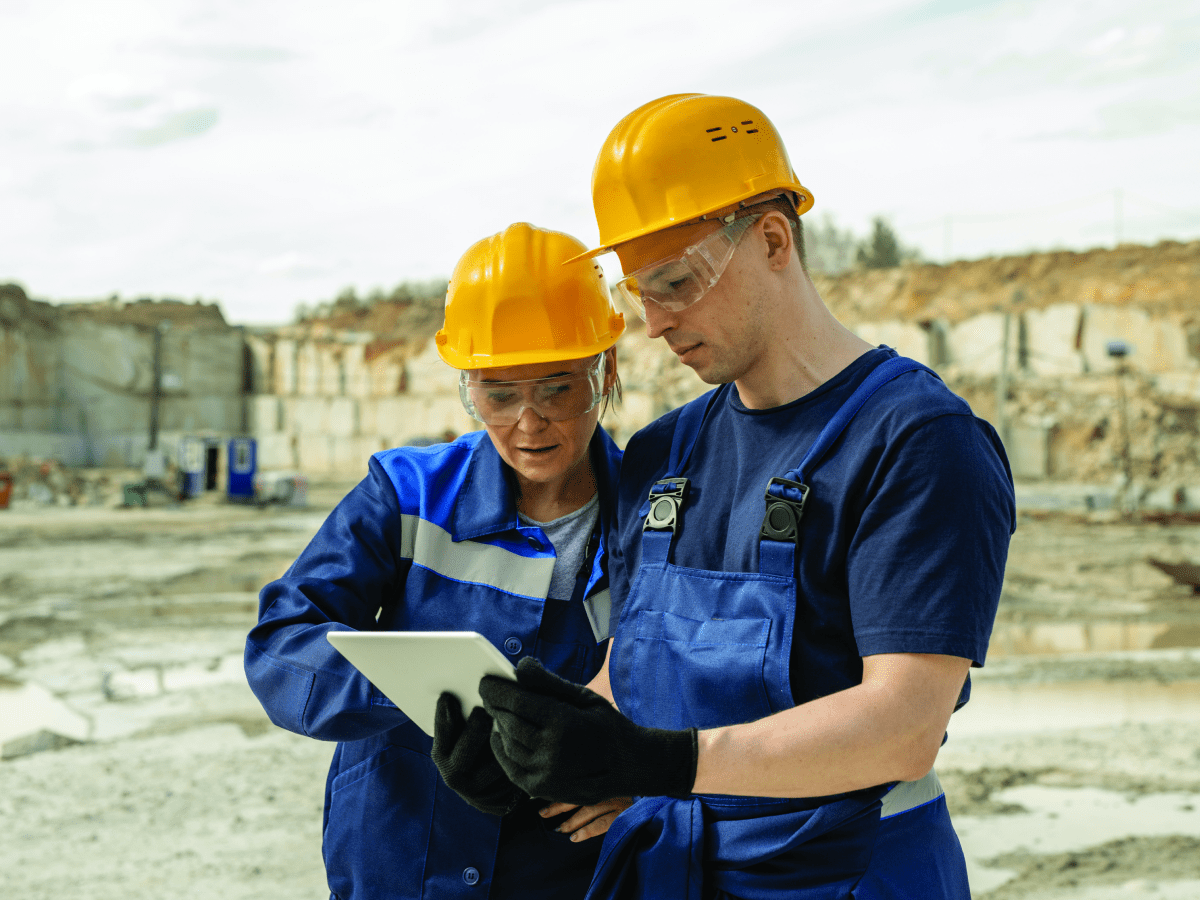

Tips for tackling Total Worker Health in the workplace
It’s clear there’s plenty to be gained by prioritizing Total Worker Health. So what does that look like in practice?
Thanks to research by Verdantix, we have some ideas. And luckily, technology is here to help better manage these practices in the workplace. Here’s how.
Start smart with proactive risk management
We’ll start with the foundational stuff. A strong safety culture means being proactive about risk management, and we need to broaden our definition of that.
- Start with a health check: Evaluate the procedures your organization already has in place. Do you have standard safety inspections? Have you checked they include common industry hazards? Diversity in safety and health risks for each sector demands custom, comprehensive interventions for each organization. Once you have the full picture, you can start to tailor your policies. Additionally, consider incorporating smoke and vape sensors as part of your safety inspections to ensure air quality and prevent potential hazards. Staying informed about regulatory changes, such as updates to the AEP vs OEP, can also help your organization adapt its health and safety policies to better support employees.
- Connect your data: To gain a holistic view of your operations, you could integrate data streams that traditionally fall outside the EHS remit. Include data from risk assessments, incident reports, and asset history to quickly identify and address potential risks and hazards. A digital operations platform like SafetyCulture can take care of that for you, in one centralized place.
- Reduce your blindspots: Use Analytics to identify and track key risk indicators. It’ll help you anticipate potential risks, and address them proactively to reduce errors, disruptions, and downtime.
- Look after your assets: Schedule frequent pre-start checks and maintenance tasks, so you can keep things running smoothly. Your workers will be assured the operating machinery is safe to use.
- Stay current with regulations: With work procedures digitized and housed in one platform, management can update templates and deploy them remotely in just a few clicks. It’s quick and easy to stay compliant when changes happen.


According to Verdantix 47% of EHS vendors consider integrating EHS, operational risk, and asset data to be ‘highly valuable’ in achieving their risk management goals.
Establish more sustainable ways of working
The Total Worker Health approach means companies have a responsibility to ensure sustainable ways of working for employees, while maintaining productivity. Gone are the days of expecting employees to work longer shifts to meet business demands. Here are some steps to achieve best practice.
- Drive efficient communication: Streamlining communication channels can help relieve that “always-on” feeling. Creating norms around responsiveness and urgency can go a long way toward reducing fatigue and improving productivity. A well-rounded approach to employee wellbeing also means encouraging active lifestyles outside the workplace. Many organizations are discovering the benefits of integrating resources for physical wellness that extend beyond gym memberships, such as equipment or tools tailored to employee interests. For example, recent insights highlight how using golf training aids can effectively boost both physical activity and stress relief among workers, supporting overall Total Worker Health by keeping employees engaged and motivated in their personal fitness routines. Look at segmenting messages (have you tried Heads Up?) so team members only receive content relevant to their roles and can get the job done without feeling bombarded.
- Put lone workers at ease: Personal safety devices can give lone workers and their employers peace of mind. Cloud-based technology like SHEQSY ensures managers have the tools to monitor and communicate efficiently. It includes GPS tracking, check-ins, and emergency alerts, to give workers a real-time safety net while out in the field.
- Keep an eye on worker fatigue: some frontline roles require long hours and high levels of concentration. Truck drivers, for example, follow a rigorous schedule. Arm them with the information they need on the road by uploading critical documentation to your asset management software. Wearables can help here too, with driver monitoring solutions identifying when workers are too tired to continue on their journey. Including digital services like virtual nutrition counseling can form a valuable part of any frontline health strategy. With guidance from WeightWatchers Registered Dietitians, employees can maintain balanced diets, supporting their overall well-being both in and out of the workplace.


Uplift health and wellness with digital devices
In many companies, employee wellbeing management is largely limited to providing an employee assistance programme (EAP). But studies by Verdantix show businesses need more preventative solutions, especially in the wake of the pandemic. So they’ve turned their attention to digital wellbeing solutions.
- Stay one step ahead with occupational health: Frontline work is often physical and demanding. But tech can help businesses avoid occupational health issues. For example, fit-for-work management software can identify whether working conditions could trigger an employee’s illness or injury and recommend interventions.
- Apps for healthy living: From psychological therapy like Headspace, to healthy diet and workout plans tailored to each individual on Noom, there’s a plethora of apps for companies to better support their teams. Some organizations also provide on-site wellness hardware—such as low-level red light therapy solutions using red and near‑infrared LED panels and portable devices—to encourage short recovery breaks and support relaxation, sleep quality, and post‑shift muscle relief.
- Training from the top: Like most things, a healthy work culture starts from the top. Research shows that training in wellness and mental health helps managers learn how to support employees and recognize the signs of stress, which can help reduce turnover and absenteeism. With SafetyCulture, you can launch bite-sized courses to your management team in minutes – take a look at our 1,000+ strong course library crafted by industry experts.
Important Notice
The information contained in this article is general in nature and you should consider whether the information is appropriate to your specific needs. Legal and other matters referred to in this article are based on our interpretation of laws existing at the time and should not be relied on in place of professional advice. We are not responsible for the content of any site owned by a third party that may be linked to this article. SafetyCulture disclaims all liability (except for any liability which by law cannot be excluded) for any error, inaccuracy, or omission from the information contained in this article, any site linked to this article, and any loss or damage suffered by any person directly or indirectly through relying on this information.
